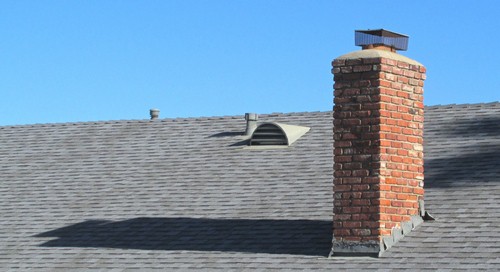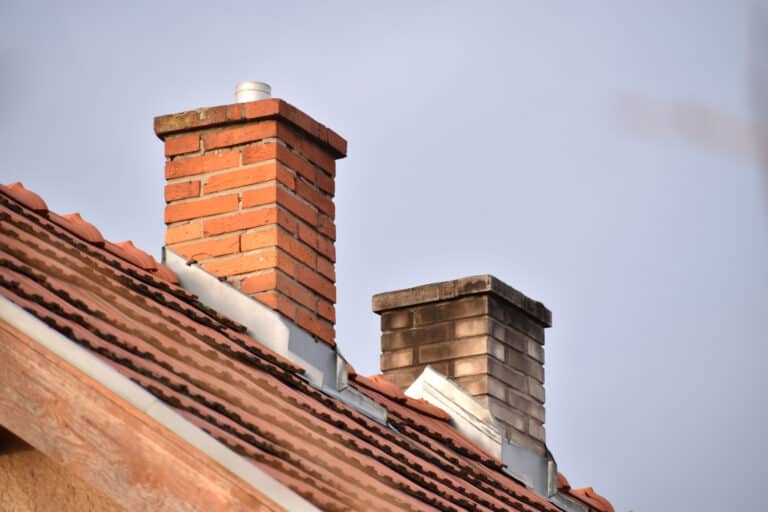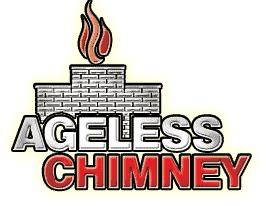Chimney Company in Fort Salonga NY.
What our clients say




View our work
Browse all Services
contact us
Need Chimney Maintenance? How to Prepare Your Fort Salonga, NY Home for a Chimney Company

The Leading Chimney Care Professionals in Suffolk County
Ageless Chimney is a full-service chimney company in Fort Salonga, NY. Since 2006, our professionally trained, CSIA-certified technicians have been maintaining and repairing the chimneys of residents throughout Suffolk County. We are experts in all types of chimney services, such as routine cleanings and inspections, emergency repairs, and more, and we always go the extra mile to deliver top-quality results. With nearly 20 years of experience, a proven track record of success, and dozens of satisfied clients, at Ageless Chimney, we’re confident that we can meet your chimney care needs and exceed your expectations. To schedule a service, call 516-795-1313.
Owner Operated
Because all jobs are handled by an owner, you can rest assured that your project will command the attention it deserves.
Free Estimates
Great service at the best price. We will not be undersold. Our estimates are FREE and we will beat any written estimate.
24-Hour Emergency Service
Ageless Chimney is one of a few chimney companies to offer TRUE 24-hour emergency service should you need it.

Preparing Your Home for a Fort Salonga, NY Chimney Company
At Ageless Chimney, we believe in keeping your home safe and warm. As the leading chimney company in Fort Salonga, NY, we know that chimney maintenance is a vital yet often overlooked aspect of home safety. Understanding what’s involved in preparing your home for a chimney company will help you ensure your fireplace and chimney stay in perfect condition. If you reside in Fort Salonga, NY, and require chimney services, here’s what you should do to prepare for a visit from our professionals at Ageless Chimney:
- Clear the Area: Remove any items from around your fireplace to provide clear access before the chimney care technicians arrive. This not only makes the job easier but also protects your belongings from possible dust or soot.
- Provide Access: Ensure our technicians can easily access your Suffolk County roof without obstruction, as chimney inspection and repair often require rooftop access. Clear any debris around the area, as well.
Pets and Children: If you have small children and pets, be sure to make plans for them ahead of time. They should be kept away from the work area, so as to ensure their safety, as well as the safety of our technicians.

Why Choose Ageless Chimney in Suffolk County
Choosing the right chimney company in Fort Salonga, NY can be overwhelming. However, Ageless Chimney stands out for our:
- Expertise: With years of experience in the industry, our team in Suffolk County can handle any chimney-related issues you may encounter. We use advanced tools and proven methods to ensure your chimney operates safely and efficiently.
- Customer-Centric Approach: We are committed to making sure you understand every step of the maintenance process. Our team is always ready to answer any questions you have and to provide tips for maintaining your chimney between our visits.
- Quality Service: We provide comprehensive chimney services to homeowners in Fort Salonga, NY, always ensuring your satisfaction and safety.
Your chimney plays a critical role in your home’s safety and comfort. Trust Ageless Chimney, the premier chimney company in Fort Salonga, NY, to provide the professional and reliable services you need. Let us take care of your chimney so you can enjoy the warmth and comfort of your home without worry.
Ageless Chimney: The Best Chimney Company in Suffolk County
At Ageless Chimney, we’re proud of our reputation as the top chimney company in Suffolk County and the broader Fort Salonga, NY region. With an array of services from chimney sweeping to repair and maintenance, we strive to provide our clients with top-quality services. To discuss your needs, call us at 516-795-1313.
The people of Fort Salonga, NY trust us because we’re not just a service provider; we’re neighbors committed to ensuring your family’s safety and comfort. Our skilled technicians in Suffolk County are dedicated to delivering quality workmanship and exceptional customer service. We’re available for consultation, advice, and services – all you need to do is reach out to us at 516-795-1313.
Have a question?
Local Resources
Useful links for Fort Salonga, NY
Useful Links
Here are some chimney-related links:
